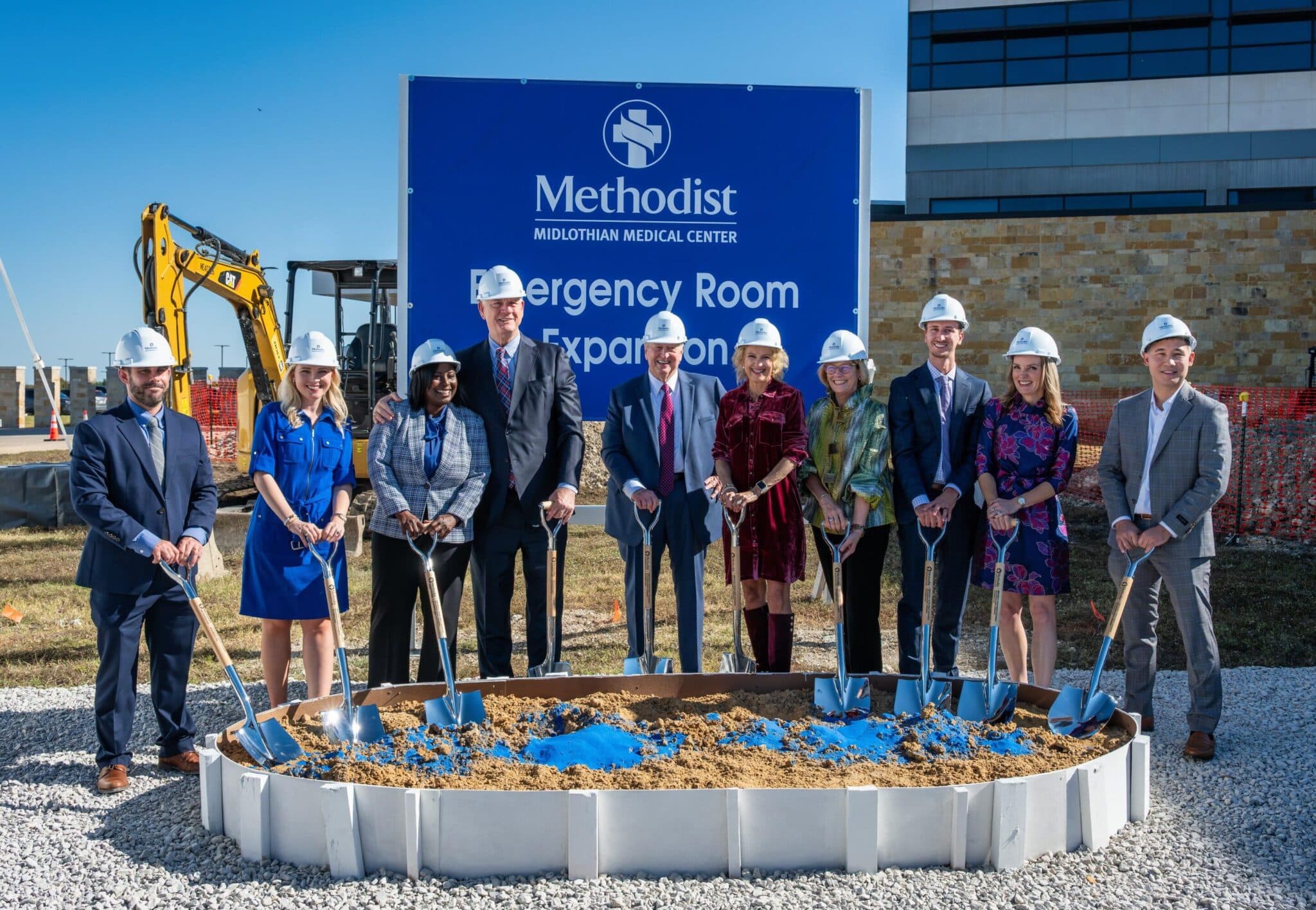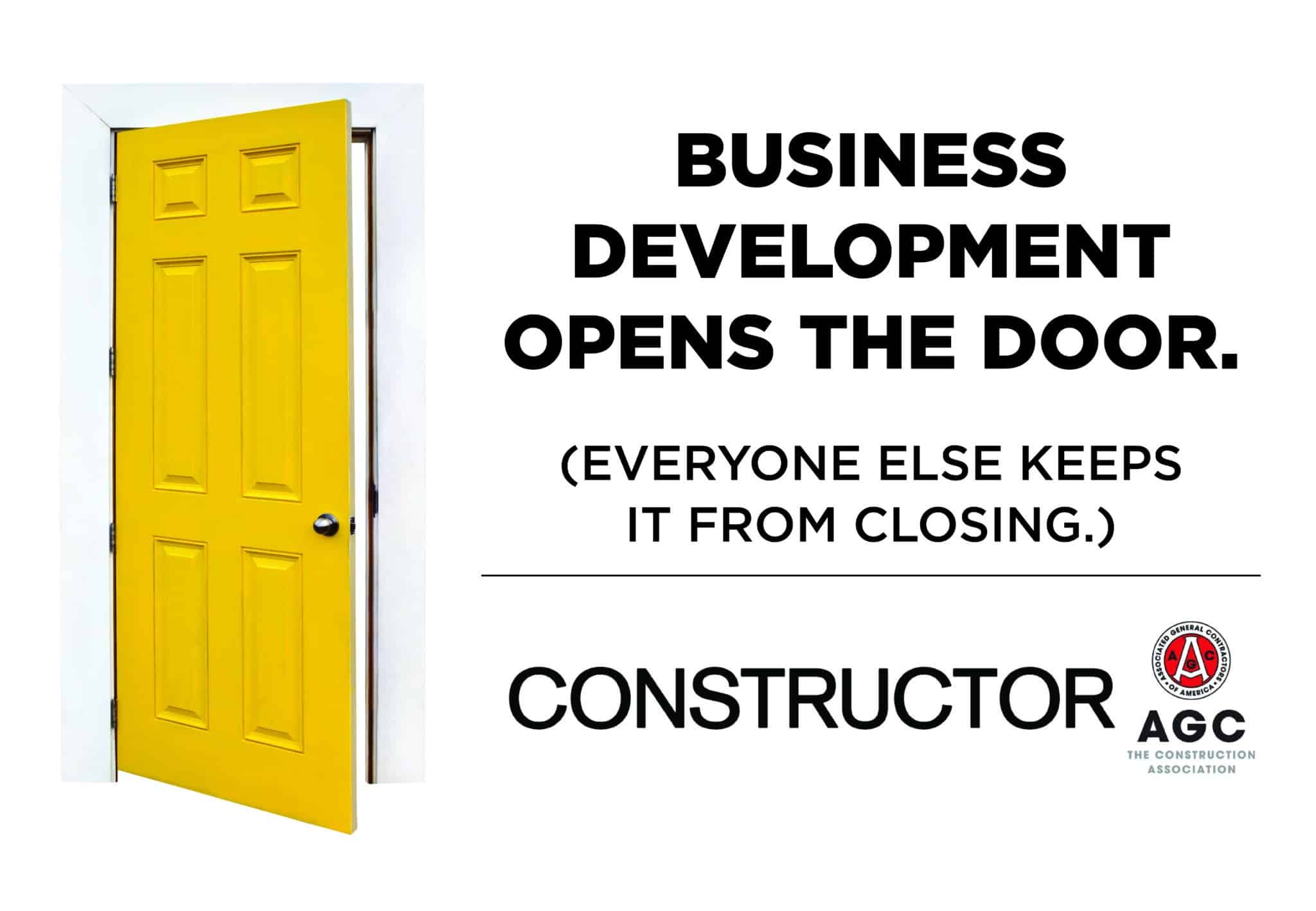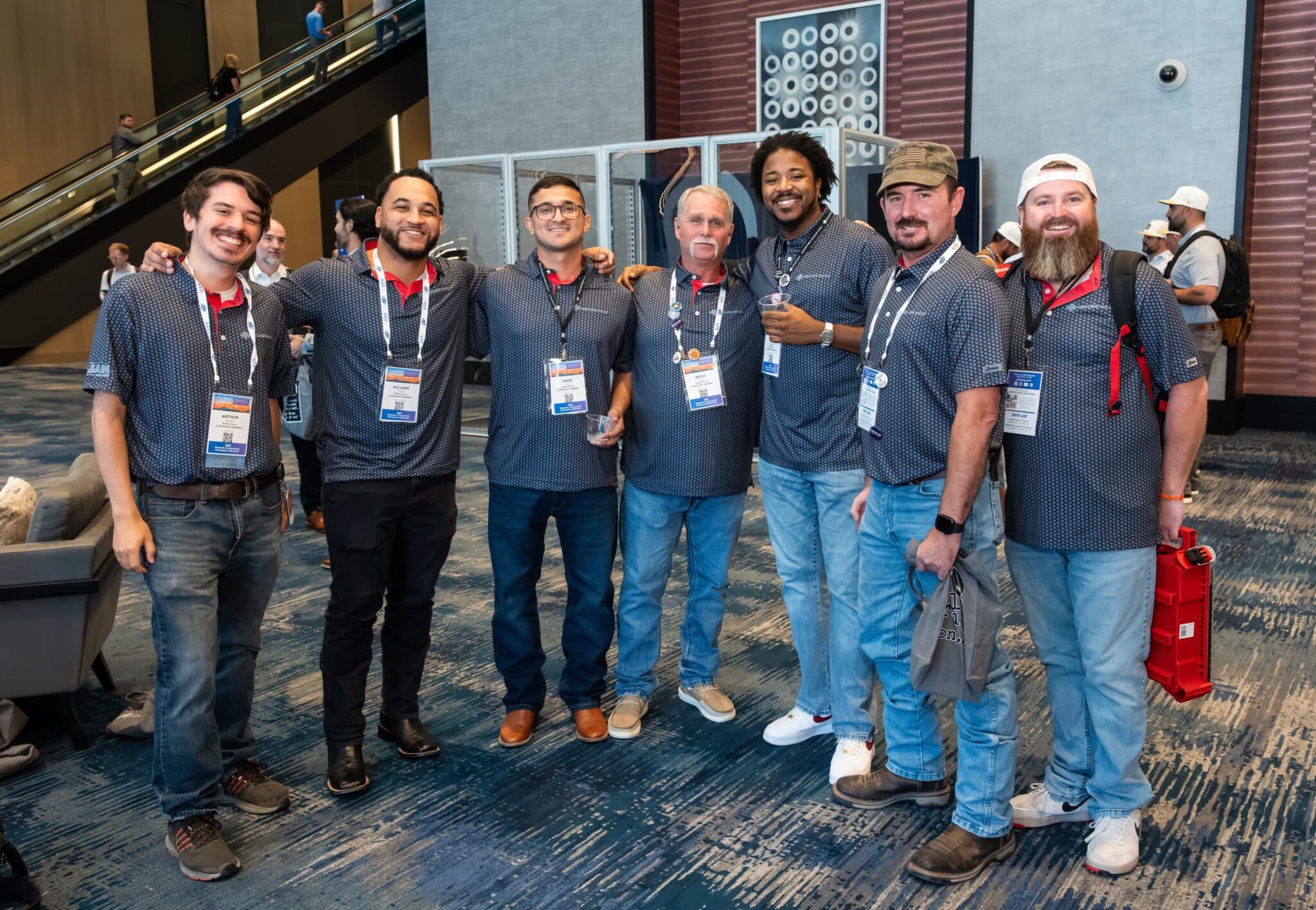ZANDY: Concerning forecasting, how are you managing this volatility? How are you trying to give GCs or owners accurate prices—and who’s carrying the escalation? What are you guys doing to leverage your risk contractually?
PRESSLEY: We used to live in a market where pricing could be locked in for 30, 60, or 90 days from the bid date of a project, and then distributors had no issue holding the pricing for the lifespan of that job. We’ve seen that model go away completely. But we still need our distributors to give us pricing that they will commit to for the duration because we do business in a world of lump-sum contracts. Now our approach is to provide them with timeframes—when we think a project will start and end—and ask them to include any necessary or anticipated escalators for the lifespan of that project. We hear that we should expect this hyper-volatility to last for the remainder of 2021 and into 2022, so we’re trying to think about the best interests of our clients and completely avoid any fear of escalation in materials during the lifespan of that project. We want to make sure that they don’t have any surprises.
MAY: I think the best thing we can do is share where prices are, what we’re seeing, and doing. We’re an open book, and we’re doing this with our customers every few days. We want them to understand it so they’re prepared and ready—and so they’re preparing upfront, building the escalation into the project’s budget. We’ve seen that play out two different ways, where either the GC’s budget is carrying an escalation, or the owner has asked us to add it into our pricing—either way, it’s built in, and we’ve got it covered. Sounds good, but here’s the hard part: because prices are changing week over week, we can’t know exactly what that number will be, and sometimes they can’t turn it around fast enough. For example, about a month ago, we bid a job, but it took 45 days for them to place the order. We had to reprice it, and the cost had gone up $80,000.
FULTZ: We’re also proactively communicating what we’re seeing and hearing. And we’re proactive in our proposals; to try to align with what escalations mean to the overall budget and what kind of language we can agree on. Our goal is to move towards a mutually acceptable arrangement regarding who’s carrying what risk, so it’s not all on them, and it’s not all on us. We haven’t found the answer yet, but we’re trying to work through this situation the best we can.
PRESSLEY: With respect to risk, it’s not just instability with pricing; it’s with lead times, too. So, we’re putting current lead times on our proposals at the very front, in bold. We’re trying to get lead times entered into contracts to make sure that they don’t affect the critical path or our stated scope of work duration, and we’re asking to see the prime contracts that GCs have with owners to see if there’s any form of protection for how delays are defined. And I think this is one of the riskiest things: we’re ordering material for a structure that’s not even up yet. We’re ordering way sooner than we ever would. For example, we’re working on a 30-story tower. Typically, we would order one floor at a time—go field measure, lay it out well, then place our order knowing the exact height and dimensions we will need. But, because of what’s happening, we’re terrified of price volatility and lead times. Now we’re ordering out for 18 floors—half the job—when structure’s not even there. So, we’re taking some very large risks, ordering blindly, so that we can try to meet project schedules. We’re proactive, and we’re accepting all of that risk. And if we do everything that we could have done, but we still can’t get the material to the job site on time? Where does that risk lie? How can we still protect ourselves? We don’t have an answer for this stuff, either.
ZANDY: I’m glad you brought that up because I’d like for us to talk more about lead times and planning work, and the impacts related to that. I think the hardest thing right now, for GCs, is that a huge part of our job is in being super reliable when it comes to scheduling and knowing when materials are going to be onsite.
FULTZ: We’re having the same kind of experiences. The lead time for an air handling unit, for example, will be 12 to 14 weeks at the project award, but that changes by the time submittals are turned in, and it changes again when we place the order. The worst part, like Preston said, is that it doesn’t stop there; they keep moving. So, we’re constantly checking with our manufacturers to see how we’re tracking for deliveries. They’ll say, “Yes, we’ll be shipping it out next week,” but then next week comes and now it’s, “Well, it’s just now going in production. It’s going to be another two, three weeks.” Logically, you can’t connect the dots on how this is happening. I don’t believe that anyone is disingenuous about where things are; I think they’re trying to adapt on the fly. They’re doing their best to forecast, but as soon as an external factor affects any of those things—whether it’s not getting the labor, not getting the parts and materials they need to manufacture it—it cascades down.
PRESSLEY: You’re right, and it’s our job to procure those materials and get them to the job site to meet your schedule. So, when we are given dates by a manufacturer—and we are pushing to expedite just about everything—we’re telling you as soon as we know. If we order August 15 and they tell us we’ll have it on October 15th, we’re telling you we’re going to be ready October 15th. What we’re having issues with now is that October 10th comes, and we check on that order and the manufacturer says, “Well, it’s still pending.” That’s starting to happen. We are at the mercy of the distributors—and the distributors are at the mercy of the manufacturers. The manufacturers are at the mercy of the mills and production facilities. Now we’ve made a commitment to you because somebody committed to us, and that commitment is not being held—and it’s got us very worried about how to protect the owner, the GC, and ourselves. We have to agree to schedules when we have these unpredictable delays that are completely outside our control, and they’re getting longer and longer each week.
GARRETT: Instead of talking generally, I’ll use joist and deck as an example. Pre-Covid, lead times for joist and deck was about 12 to 14 weeks, and now it’s 36 to 40 weeks. And that’s just the timing for production; this isn’t ever sitting on a shelf because it is fabricated exactly for your specific project. So, once you get your drawings approved, then you get in line. But there are two issues. One is, there’s a supply shortage of flat-rolled coil—which is not just for making joist and deck, it’s also used to make things like cars and appliances—so we’re competing for our share of that. Second, is that line you’re in with your order, it has gotten a lot longer. We’re increasing the number of buildings that are going up and so we’re increasing the number of buyers. A big part of this is the e-commerce boom, companies like Amazon and Walmart, there are tons of these buildings going up—and they’re going up fast, and they’re paying big premiums to do that. The pandemic is a big part of this, because of how much that increased online ordering, which increased the need for distribution centers to make those shipments to customers—this is one part of the trucking shortage we’re experiencing, now, also. All of that keeps pushing out lead times and pushing up prices. That’s not just in Texas, either; that’s in every market. I’ve never seen anything like this.
KOLBY: We haven’t run into serious lead-time issues; the biggest piece around this is related to our allocations. Cement is rationed because of the low supply, which means we can only purchase an allocated quantity of yards each day, based on a few factors. Our allocations are scheduled, and if anything happens, like if it rains, we lose that day—and we’re not able to push it to the next day, we’re forced to push it to the next week.
ZANDY: If you could offer advice to owners right now and tell them your best ideas or solutions for how we can work together to mitigate some of this pain we’re all feeling, what would you say? What have you seen that’s working?
PRESSLEY: Prefabrication is an answer to the lead time concerns that we have. And the reason for that is prefabrication requires design input and early onboarding, prior to CDs ever being done by an architect. So, when an architect’s in design, that’s when prefabrication trades can be getting involved to help push and drive design—and when you’re onboarded at an early stage, you’re able to move forward with procurement of materials at an earlier stage. So, there’s more reliability with scheduling because there’s more predictability. We’re better able to procure the exact materials we need because they’re designing and building that project virtually before we even scratch dirt. I hope this sparks some change in our industry—for earlier onboarding, more open communication and trust, and increased creativity. That can be a huge “pro” to come from this phenomenon.
PRESSLEY: I think a lot of the breakdowns that we have in our industry are due to a lack of trust for teams that just haven’t spent time together and don’t know each other. So, we need to try to trust one another a little bit more. We’re all taking risks—these problems don’t belong to one person in the food chain; they belong to all of us. We’re all in it together at different levels.
GARRETT: I agree with early onboarding. We’ve seen more clients engage us upfront; they’re more willing to make a collaborative approach, like design-assist. I think that clients are seeing greater benefit in us working together with our fellow trade partners and trying to come up with the best solution for everyone, and the job. And I think the only way to do that is to get everybody on early. Some projects, because we were already on early, we were able to change from joist and deck to structural steel and keep their original schedule. The price did increase some, but their schedule was more important. Early involvement facilitates solving problems.
ZANDY: Do you think anything we’re going through now will be good for us in the long term? How might this help to improve or evolve our industry?
MAY: Backing up to what Preston and David were talking about with early onboarding, we have seen—across the board, whether it’s a big box, structural parking garage, or tilt-wall offices—we are seeing more invites to join the team earlier on. Owners want to know how we can help educate the design team on the best ways, means, and methods of constructing the building, and what makes sense from a cost perspective. We’re seeing more of that, which is great because we can provide that—and if we can do that early, it just saves everybody time and money. So, maybe this will help fuel more of this kind of shift towards early onboarding and collaborative teams because it’s the direction our industry needs to move in.
PRESSLEY: I think it has exposed some deficiencies that we have as an industry, specifically with how things are priced at the manufacturing level, and I am optimistic that it will improve pricing structures. I mean, from a manufacturing level, we’ve got to know what things cost in the future. So, I hope this levels that out, where commitments can be made and, if material pricing escalations occur, they’re scheduled so that there’s more predictability and less volatility. I think we’re exposing a very bad system we currently have in place, and I do feel optimistic that this it’s going to improve.
FULTZ: You know, if it helps create change then perhaps there’s a need. For those of us who are looking ahead, we can learn from this season and figure out how to adapt so we can deliver more value; ultimately that’s what our business model is: delivering value to our customers and owners in terms of reliable solutions, experience, and the speed in which we can bring those solutions. I’m optimistic that this disruption will identify opportunities. I’m a big proponent that disruption comes from customers demanding more value, which drives creativity and the ability to relieve pain points.
PRESSLEY: This has also made us much more innovative. We have to look at bidding jobs per plans and specs, but value alternatives and value engineering have become increasingly popular. So, if a developer or an owner can’t come up with the additional money—because, let’s face it, additional money will be needed for all jobs right now—we look at redesigning or substituting materials. We get creative to get costs down. We’ve found that GCs and trades are getting really resourceful with handling issues, so it has been fun and exciting to be a part of teams where we’re being inventive and creating solutions around what’s best for the project.
FULTZ: To your point, one of the new approaches we’re using is the concept of “gamification,” to uncover new strategies for making the ductwork layouts the most efficient they can possibly be—which really is about how to decrease the total pounds of material. Various efforts around this have unearthed opportunities to reduce the pounds of ductwork on a project—sometimes almost by half. By focusing on creativity and utilizing experts for collective horsepower, the team is offering solutions that, at a minimum, mitigate risks and offer more value. It helps prevent lead time issues, and mitigate costs increases—in fact, we can even get costs out of the project.
ZANDY: This has been a great conversation, and I appreciate you guys giving your time. For your parting thought, what are you looking forward to or feeling excited about for our industry when we get on the other side?
GARRETT: Coming out of this, I think we will be a better company and industry, and I am optimistic about the next generation, who are learning how to handle the adversity that they are presently seeing in our marketplace. It’s very exciting to be in the construction industry right now. I think that we’ve got a lot of positives going for us.
MAY: Through these challenges, we have only gotten more efficient in the way we procure materials, communicate with our GCs and owners, and increase productivity with our operations. When the dust settles, and things get back to normal (or a new normal emerges), we will be stronger and we’ll have increased our bandwidth, both physically and mentally. Increased endurance in both makes us better prepared for any future obstacles that are thrown our way. I love the line in the movie Mission Impossible-Fallout, where every time it looks like Tom Cruise is in a hopeless predicament, he says, “I’ll figure it out,” and that’s just what we will do—we’ll figure it out.
PRESSLEY: Through all the craziness we have found some positive upsides. We’ve upped our level of communication because we’ve needed to be in touch with vendors, manufacturers, and clients to provide better and more frequent feedback, updates, and information in general as we have tried to stay on top of the vast changes we are seeing in the market. It has helped us be more proactive with procurement methods, looking further ahead at our schedules to plan properly. And we are having to make decisions faster, which means our information gathering and research needs to be prompt and correct before making quick decisions. The volatility has really helped sharpen some key skill sets to help our company and our clients stay successful.
FULTZ: I’m confident that our industry will overcome this instability and uncertainty by relying on our trusted partnerships. We work in a relationship business, and we thrive when we are driven to deeper levels of collaboration and cooperation. I believe there is a lot of untapped creativity within our collective businesses. It’s just waiting to be unlocked.
See this article on D Magazine here: https://www.dmagazine.com/commercial-real-estate/2021/08/navigating-the-rough-construction-material-market/




